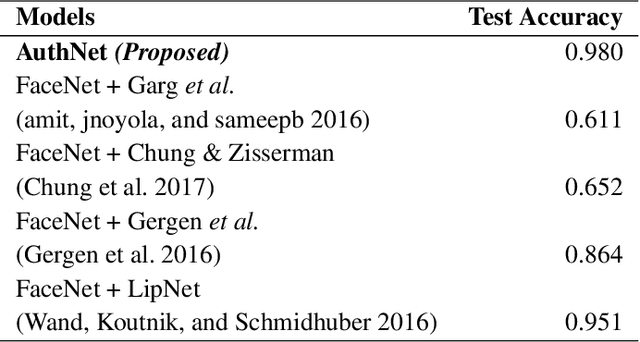Pravan Omprakash
Mic-hackathon 2024: Hackathon on Machine Learning for Electron and Scanning Probe Microscopy
Jun 10, 2025Abstract:Microscopy is a primary source of information on materials structure and functionality at nanometer and atomic scales. The data generated is often well-structured, enriched with metadata and sample histories, though not always consistent in detail or format. The adoption of Data Management Plans (DMPs) by major funding agencies promotes preservation and access. However, deriving insights remains difficult due to the lack of standardized code ecosystems, benchmarks, and integration strategies. As a result, data usage is inefficient and analysis time is extensive. In addition to post-acquisition analysis, new APIs from major microscope manufacturers enable real-time, ML-based analytics for automated decision-making and ML-agent-controlled microscope operation. Yet, a gap remains between the ML and microscopy communities, limiting the impact of these methods on physics, materials discovery, and optimization. Hackathons help bridge this divide by fostering collaboration between ML researchers and microscopy experts. They encourage the development of novel solutions that apply ML to microscopy, while preparing a future workforce for instrumentation, materials science, and applied ML. This hackathon produced benchmark datasets and digital twins of microscopes to support community growth and standardized workflows. All related code is available at GitHub: https://github.com/KalininGroup/Mic-hackathon-2024-codes-publication/tree/1.0.0.1
AuthNet: A Deep Learning based Authentication Mechanism using Temporal Facial Feature Movements
Dec 19, 2020



Abstract:Biometric systems based on Machine learning and Deep learning are being extensively used as authentication mechanisms in resource-constrained environments like smartphones and other small computing devices. These AI-powered facial recognition mechanisms have gained enormous popularity in recent years due to their transparent, contact-less and non-invasive nature. While they are effective to a large extent, there are ways to gain unauthorized access using photographs, masks, glasses, etc. In this paper, we propose an alternative authentication mechanism that uses both facial recognition and the unique movements of that particular face while uttering a password, that is, the temporal facial feature movements. The proposed model is not inhibited by language barriers because a user can set a password in any language. When evaluated on the standard MIRACL-VC1 dataset, the proposed model achieved an accuracy of 98.1%, underscoring its effectiveness as an effective and robust system. The proposed method is also data-efficient since the model gave good results even when trained with only 10 positive video samples. The competence of the training of the network is also demonstrated by benchmarking the proposed system against various compounded Facial recognition and Lip reading models.
 Add to Chrome
Add to Chrome Add to Firefox
Add to Firefox Add to Edge
Add to Edge